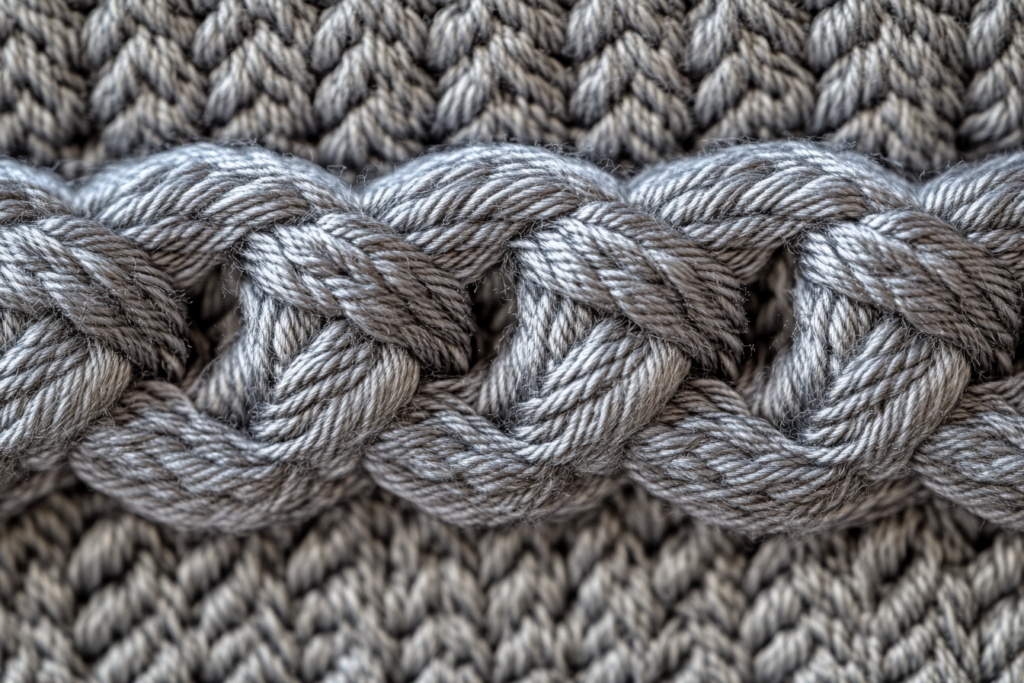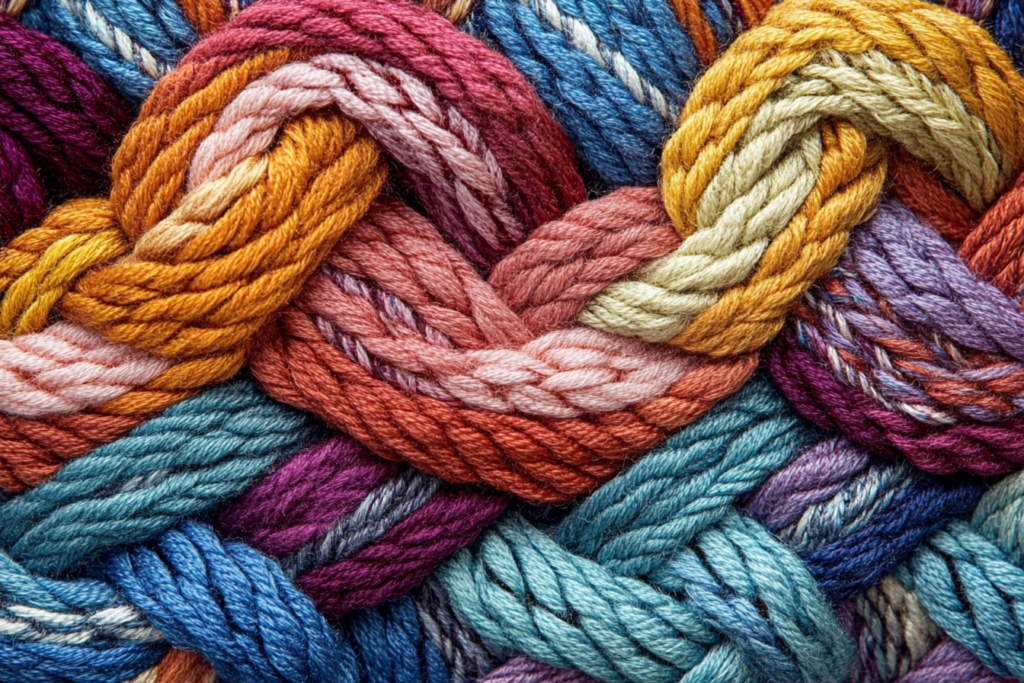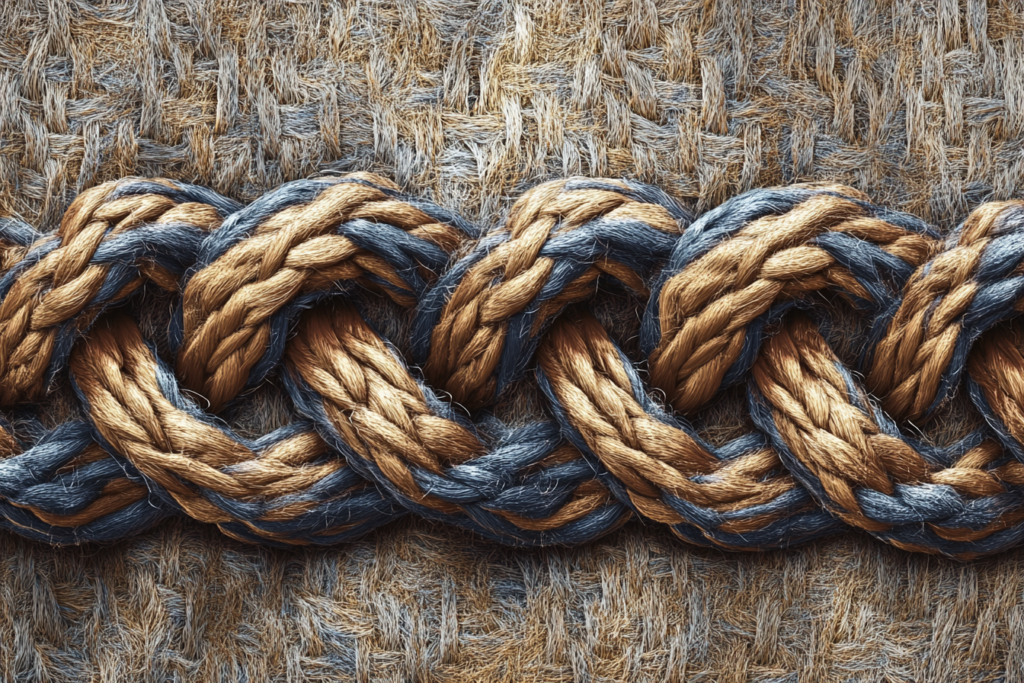ockstitch: The Strong & Versatile Stitching Method in Sewing Machines
Meta Description: A lockstitch is a durable stitch made using a top and bottom thread, creating a secure seam. Learn how lockstitch sewing machines work and where they are used in garment production.
What is a Lockstitch?
A lockstitch is a strong and balanced stitch made by interlocking two threads—one from the needle (top thread) and one from the bobbin (bottom thread). This stitch is widely used in sewing machines for garment construction, upholstery, and leatherwork due to its durability, neat appearance, and non-stretch nature.
Lockstitch sewing machines are the most common type of industrial and household sewing machines, creating stitches that do not unravel easily.


Key Features of a Lockstitch
✔ Uses a Top & Bottom Thread – Forms a secure interlocking stitch.
✔ Stronger Than Chain Stitches – Does not unravel easily if cut.
✔ Balanced & Even Stitching – Creates a clean, professional finish.
✔ Non-Stretch Stitch – Best for structured and woven fabrics.
✔ Used in Garment & Upholstery Sewing – Found in apparel, leatherwork, and home textiles.
How a Lockstitch Works
1️⃣ The needle (top thread) pierces the fabric and carries the thread down.
2️⃣ The bobbin thread interlocks with the needle thread underneath the fabric.
3️⃣ The machine pulls the thread tight, creating a secure, balanced stitch.
4️⃣ The fabric advances, and the process repeats for a continuous stitch line.
💡 Tip: Proper thread tension settings are crucial for even and smooth lockstitches.
Lockstitch vs. Other Stitching Methods
| Feature | Lockstitch | Chain Stitch | Overlock Stitch |
|---|---|---|---|
| Thread System | Uses a needle and bobbin thread | Uses looped thread, no bobbin | Uses multiple looped threads |
| Strength | Very strong, does not unravel easily | Weaker, can unravel | Medium strength, prevents fraying |
| Best For | Woven fabrics, structured garments | Knitwear, decorative stitching | Seam finishing, stretch fabrics |
| Appearance | Neat, even stitches on both sides | Looped stitches on one side | Overlapping stitches on fabric edge |
Lockstitches provide maximum seam security, while chain and overlock stitches are better for stretch fabrics.
Where Are Lockstitches Used?
📌 Apparel & Fashion Sewing – Used in shirts, jeans, jackets, and dresses.
📌 Leather & Upholstery Stitching – Common in bags, shoes, and furniture sewing.
📌 Industrial Sewing Machines – High-speed lockstitch machines produce durable seams.
📌 Home Sewing Machines – The standard stitch in domestic sewing machines.
📌 Topstitching & Decorative Seams – Provides a clean, professional look in garments.
Types of Lockstitch Machines
1. Straight Lockstitch Machine
- The most common type, used for basic sewing and topstitching.
- Produces strong, non-stretch seams.
2. Zigzag Lockstitch Machine
- Creates a zigzag pattern instead of a straight line.
- Used in lingerie, swimwear, and decorative stitching.
3. Double-Needle Lockstitch Machine
- Uses two needles for parallel stitching.
- Common in jeans, upholstery, and heavy-duty sewing.
4. Automatic Lockstitch Machine
- Found in industrial settings, featuring programmable stitching and high-speed production.
Why Choose a Lockstitch Machine?
✔ Creates Strong, Durable Seams – Perfect for woven fabrics and structured garments.
✔ Neat & Balanced Stitching – Ensures a professional finish on both sides of the fabric.
✔ Used in Nearly Every Type of Sewing – Essential for garment making, upholstery, and leatherwork.
✔ Prevents Seam Unraveling – Unlike chain stitches, which can pull apart easily.
✔ Compatible with Various Fabrics – Works with cotton, denim, silk, leather, and more.
Conclusion: The Lockstitch’s Role in Sewing & Fashion
Lockstitch sewing remains the foundation of garment construction, offering strong, neat, and long-lasting seams. Whether in fashion design, upholstery, or industrial sewing, this versatile stitch continues to dominate due to its durability and professional finish.
From home sewing machines to high-speed factory production, the lockstitch is a must-have for reliable, high-quality stitching.



